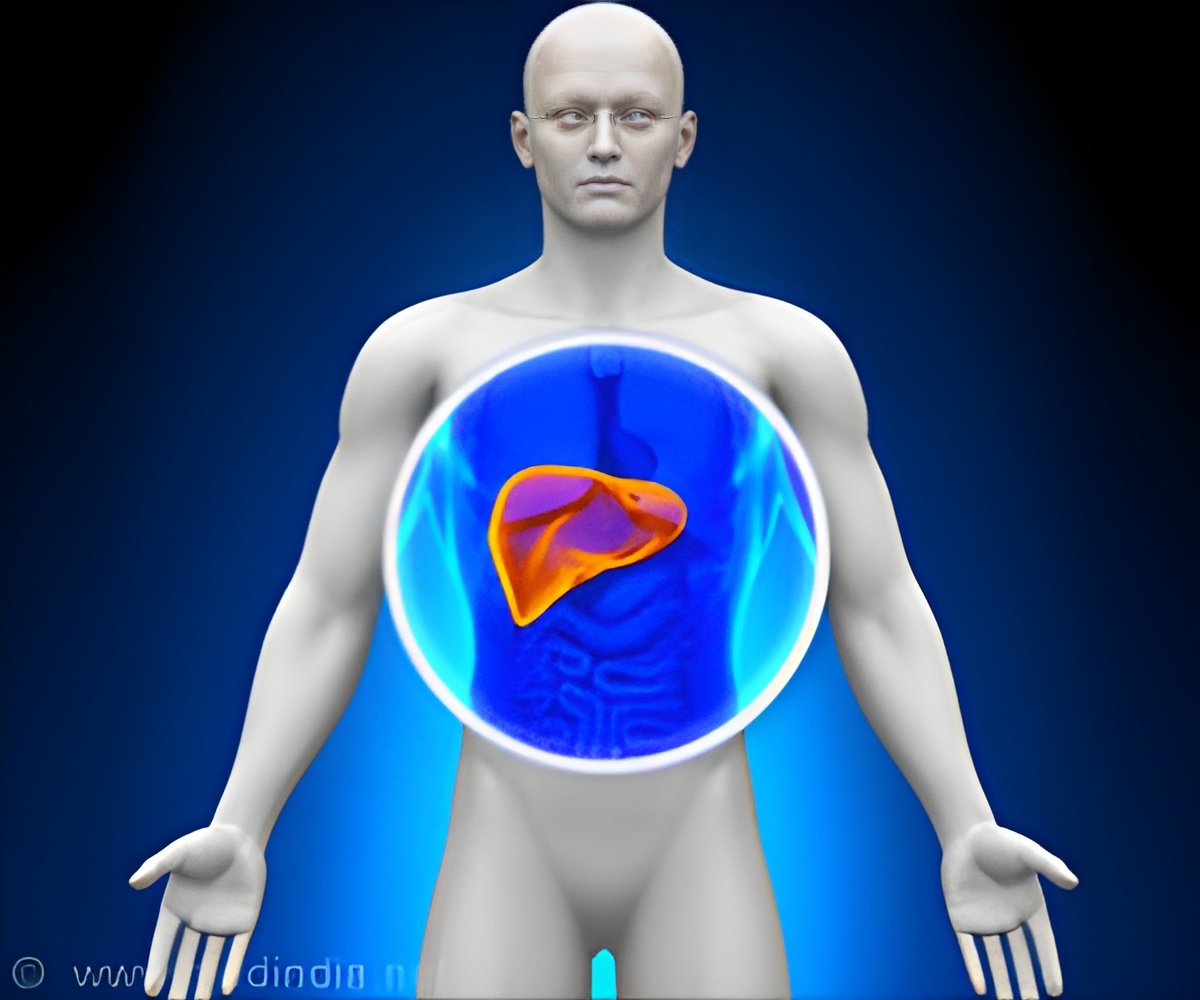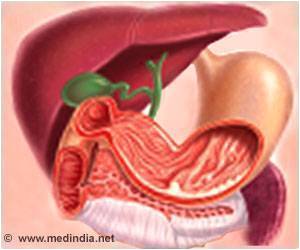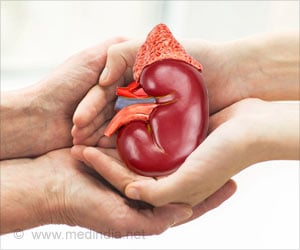While living donors are important to increasing the number of viable grafts for liver transplantation, ambivalence is common among donor candidates, found a study published.
While living donors are important to increasing the number of viable grafts for liver transplantation, ambivalence is common among donor candidates, found a study published in
Liver Transplantation, a journal of the American Association for the Study of Liver Diseases and the International Liver Transplantation Society. However, providing social support may help minimize the donors' concerns regarding donation.
There is much demand for organs and a shortage of deceased organ donations. One solution to this shortage is the use of living donors for liver transplantation. While previous research shows that adult living donor liver transplantation is on the rise in the U.S., comprising nearly 10% of liver transplants, the percentage of living donor liver transplantation is much higher than deceased organ transplants in Asian countries at 99% in Japan, 66% in Korea, and 37% in Taiwan.
"One challenge to increasing the number of living organ liver transplants is donor ambivalence," explains lead researchers Dr. Li-Chueh Weng with the School of Nursing, College of Medicine at Chang Gung University and Dr. Wei-Chen Lee with the Transplant Center at Chang Gung Memorial Hospital. "The donor wants to donate part of their liver to save the family member's life, but he or she is fearful or conflicted, which creates ambivalence toward the donation process."
Source-Eurekalert
















